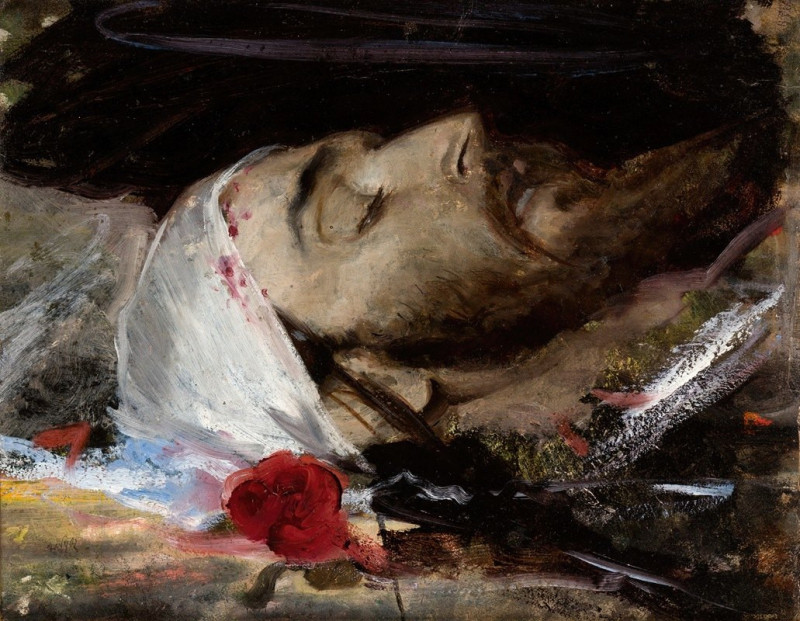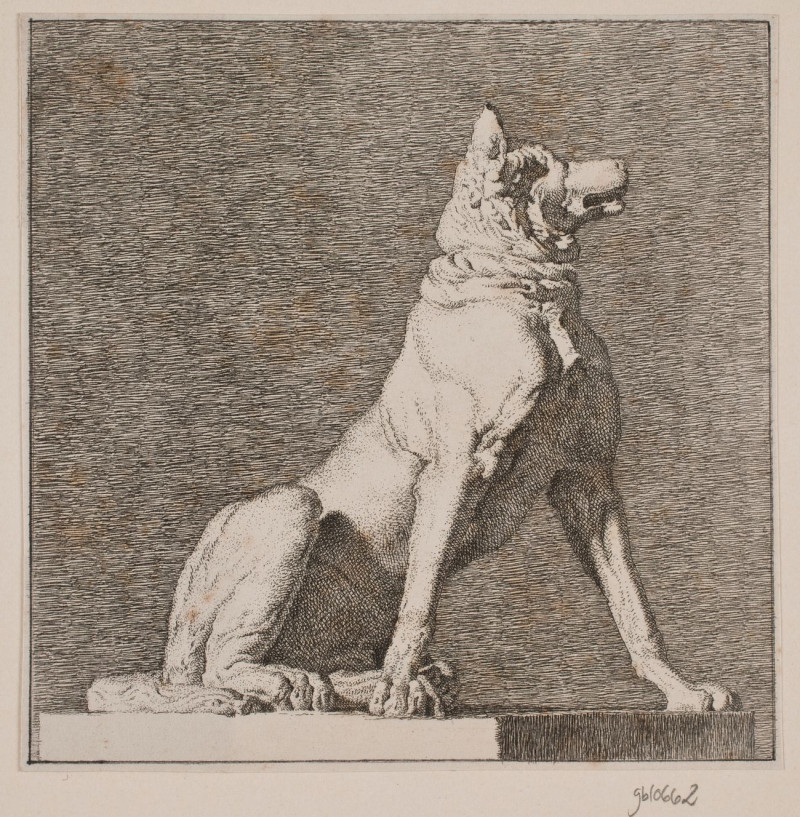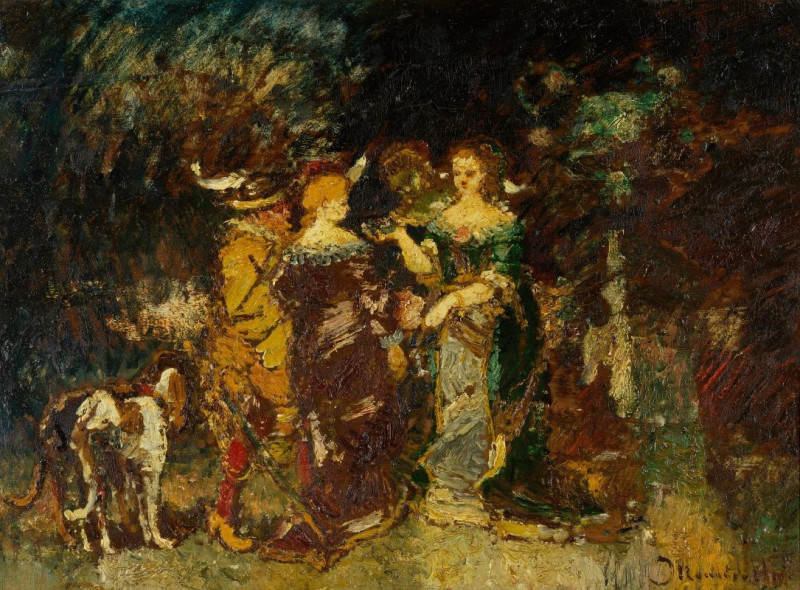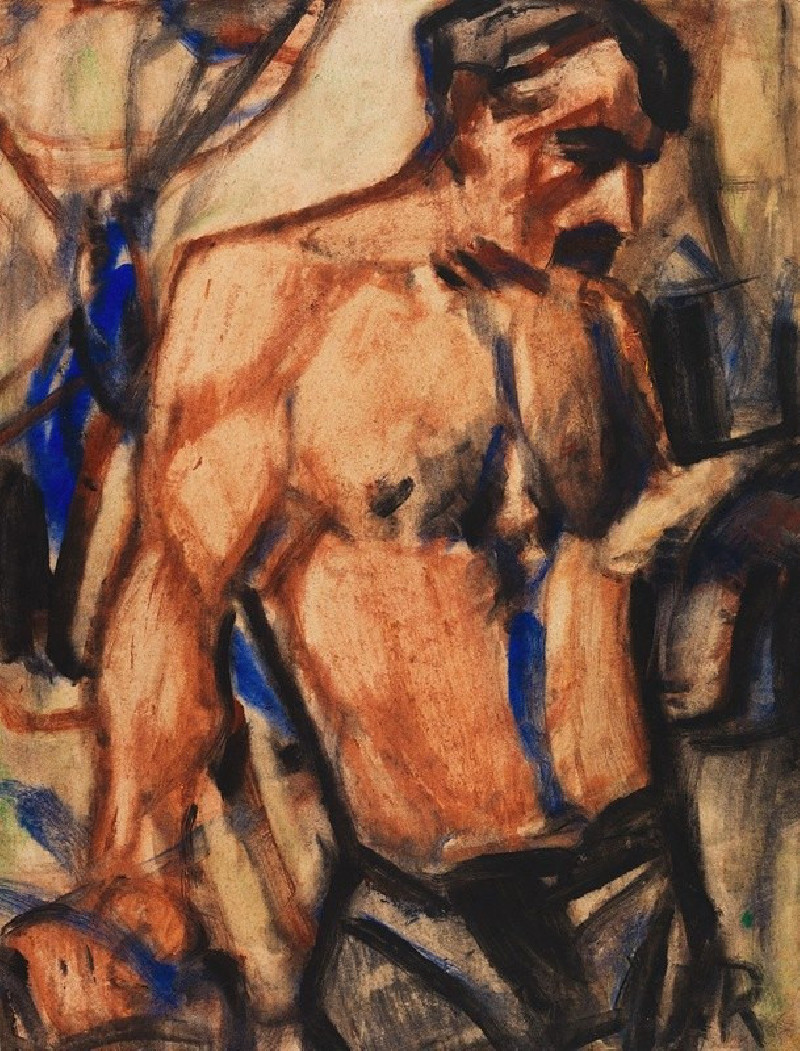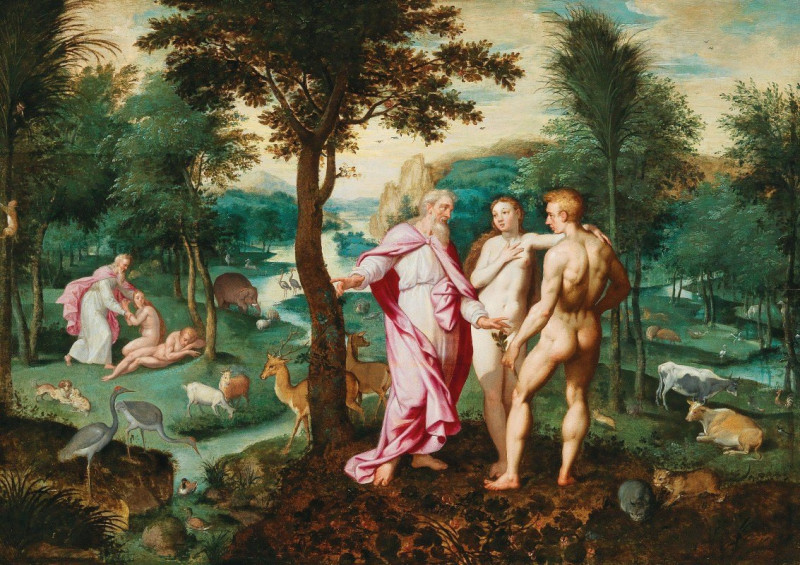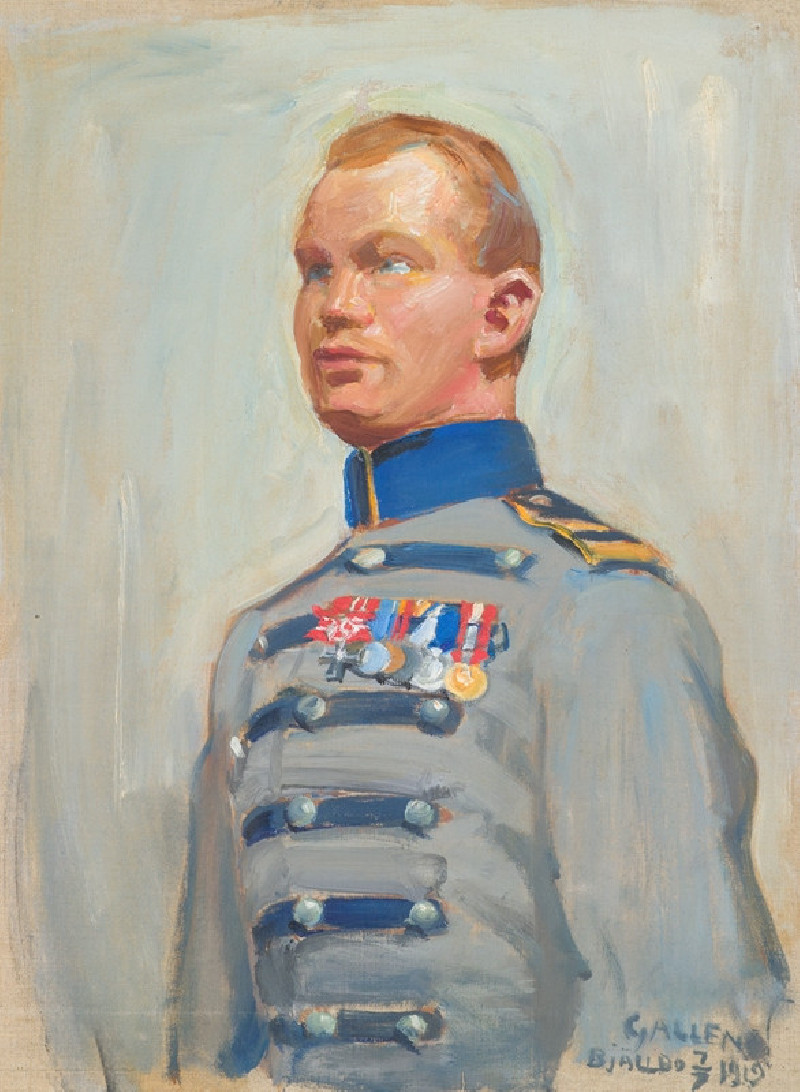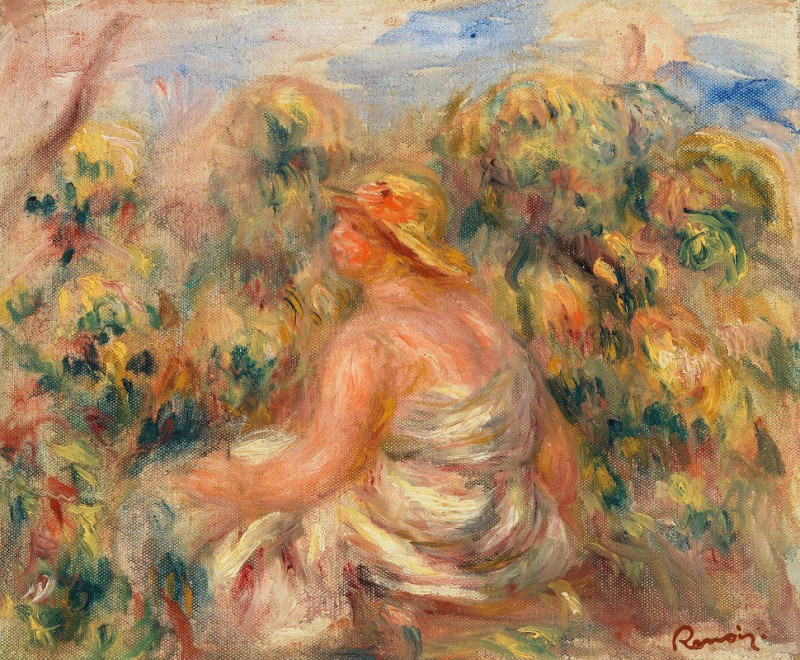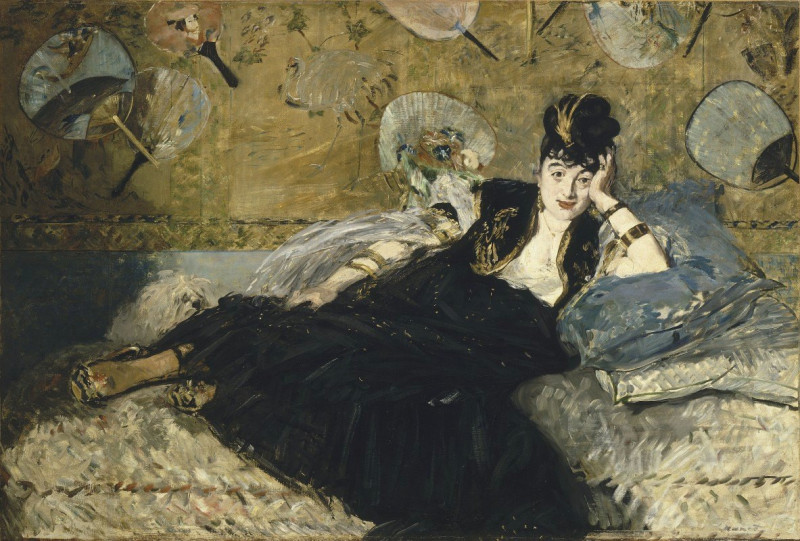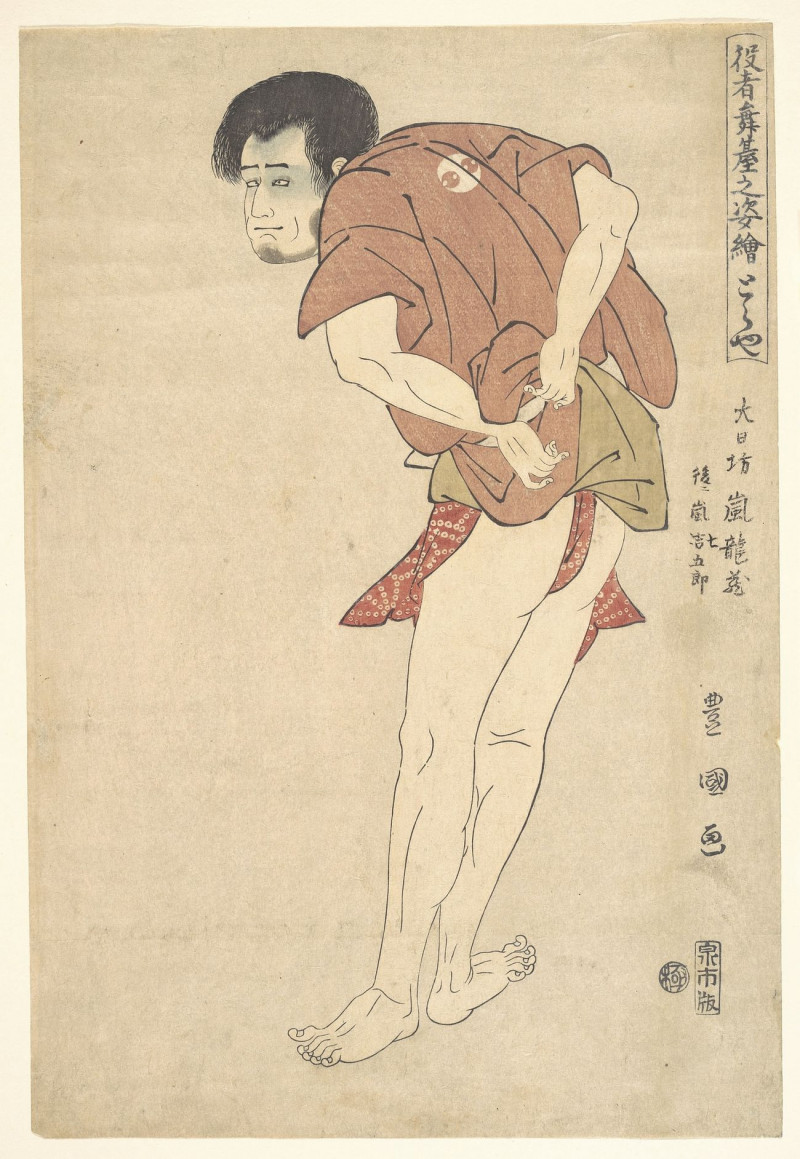Cycle Race (1926)
Technique: Giclée quality print
Recommended by our customers
More about this artwork
In the culturally captivating etching titled "Cycle Race" by Ernst Ludwig Kirchner, the vivid chaos and vigor of an urban cycling event are masterfully encapsulated. Created in 1926, this piece showcases Kirchner's distinctive expressionist style, where motion and emotion blur together, creating a dynamic scene alive with movement.The composition is a whirlpool of figures and forms, at the center of which is a cyclist, intensely focused and pedaling strenuously. Around him, spectators and other participants cluster in less defined forms, their features and bodies drawn in a series of rapid, sketch-like lines. This technique adds a sense of immediacy and flurried activity, reflecting the frenzied excitement of the race.To the right, a group of onlookers engages amongst themselves, seemingly detached from the main action, depicting the varied interests and engagements of crowd members at any public spectacle. The setting is hinted at with minimal architectural elements, focusing attention on the human figures and the intense energy among them.Kirchner's work not only captures a moment of athletic exertion but also reflects on the social interactions and urban pace of the Roaring Twenties. "Cycle Race" is imbued with a raw expression of urban life, exploring themes of movement, human connection, and the vibrant atmosphere of public events.
Delivery
Returns
Ernst Ludwig Kirchner (1880–1938) was one of the most important German Expressionist painters. He was a co-founder of Die Brücke, a group of German expressionist artists formed in Dresden in 1905. Die Brücke and Kirchner took inspiration from Vincent Van Gogh and Edvard Munch, as well as African and Oceanic art. They used woodblock printing as a medium to showcase their signature style: flat, unrealistic images with vivid colors. The recurring themes in Kirchner's artworks included exotic cultures, faraway landscapes, self-portraits, dancers and Berlin street life. His paintings and prints effectively portrayed non-European cultures despite the fact that he never traveled outside of Europe.
































